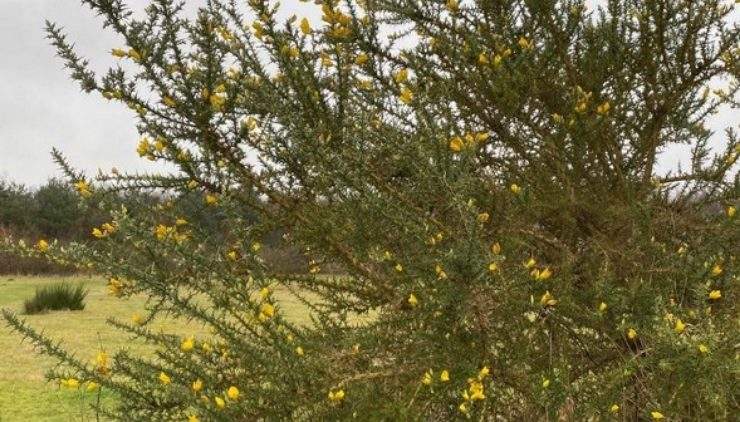We have had some of our best bat walks over the Easter holidays
- Categories:
- Nature
The ponds are alive with tadpoles, was it a coincidence that ‘Save the frogs day’ coincided with the nuptials of a certain prince on the 29th of April! We will have to wait and see what the implications of the early spring are for wildlife at Kelling but it certainly seems to be the general case across the country that birds and insects are getting out of synch.
The timing of life for both birds and insects has changed but insects have changed more, and faster with the result that some birds are beginning to breed after the supply of their favourite food has peaked. They find themselves breeding at the wrong time of year: only by a week or so, but that’s enough to affect the numbers of young they raise.
We have had some of our best bat walks over the Easter and bank holiday periods with large numbers of Common and Soprano Pipistrelles particularly around the conservation pond.
The bat walks, have coincided with appearances by a ‘roding’ Woodcock flying the boundaries of its territory. The roding male flies a circuit at dawn and dusk, with an owlish flight and interrupted wing beats, uttering two distinct notes - a rather sibilant ‘twisick’ and a froglike croak. The woodcock’s plumage has been described as one of the best examples of soft camouflage in the world of nature. The rich, rusty brown patterns of the most unwader-like of waders has the same kind of complexity as that of another Kelling favourite, the Nightjar. It also shares the Nightjars nocturnal feeding habits. Any day now the first Nightjar’s will arrive at Kelling from their wintering grounds in Senegal.
Both April dawn chorus walks were lovely spring mornings and guests were rewarded for their early start with beautiful songs and sightings of a good range of birds including: - Willow warblers, Chiffchaffs, Linnets, Yellowhammer and Whitethroats. Numerous Blackcaps were heard and seen and it was fortunate that a Blackcap and a Garden warbler have both established territories near to the fishing pond so we were able to compare their similar songs.
A real highlight of the first walk was a wonderful view of a Barn owl hunting in the woodland. This is quite unusual behaviour as they normally prefer to hunt over more open grassland areas. We were rewarded with superb close up views as the bird seemed oblivious to our presence. One group of guests started a day long bird watch with the dawn chorus walk at Kelling and then visited several well known nature reserves in North Norfolk before returning to Kelling in time to see the ‘roding’ Woodcock. This bird brought their tally of bird species for that day up to 104 which is quite an achievement.


